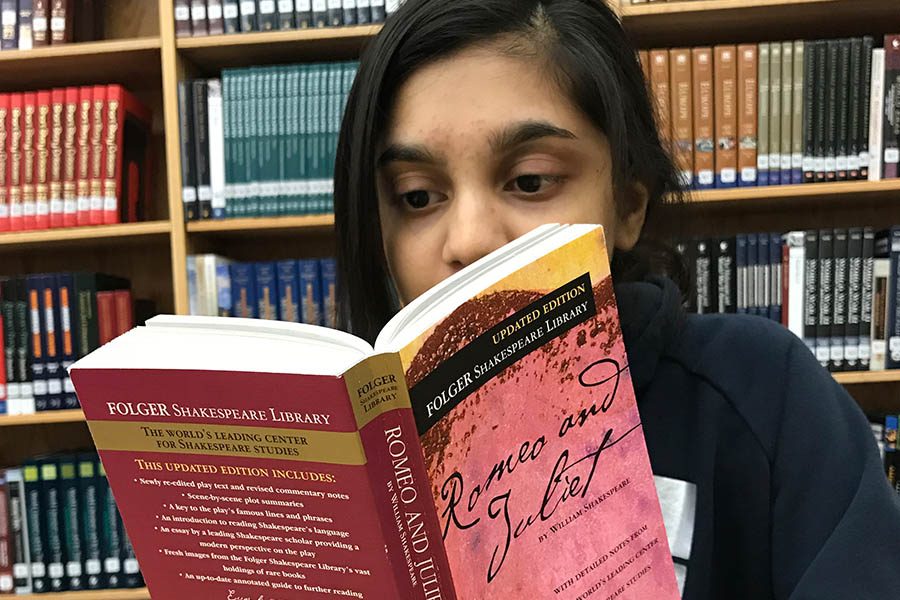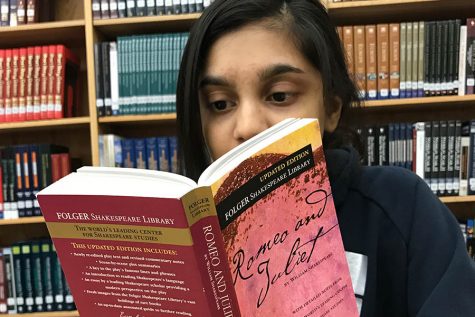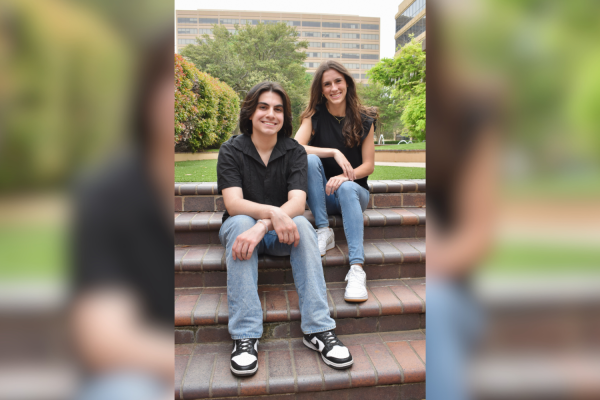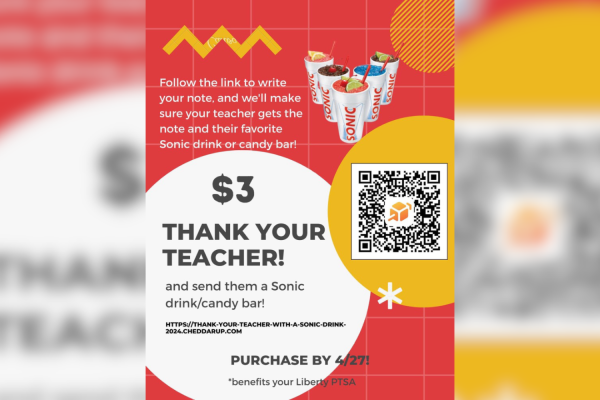Humanities students reflect on Romeo and Juliet
Entering their last unit, English 1 classes dive into the classic, Romeo and Juliet. “We’re just working on a dialectical journal which is kind of just jotting down your thoughts and feelings about it and preparing questions for the seminar,” English teacher Shelby Neary said.
February 28, 2022
A sharp contrast from last quarter’s epic literature to this quarter’s classic, western literature from 1450 to 1750, Humanities students are reading Romeo and Juliet by Shakespeare.
“We really make a point of looking at world literature,” humanities teacher Elizabeth Evans said. “We’ve taken our tour around the world and we’ve looked at the important pieces from all these different cultures and Shakespeare is foundational for the education in western renaissance literature. So it is especially important for students to have that foundation.”
According to First Tutors, exposure to older literature is important because it is a basic foundation that will help students understand other pieces of literature.
“There’s always a tension on this question on what literature to choose,” Evans said. “In general in these courses, not just in Humanities, but as liberal art teachers, we are really walking the tension of students having what we call the literary canon. A canon are these works other writers are always referring to and if you don’t have that exposure then you will have a hard time appreciatively and understand other works.”
Due to the fact Romeo and Juliet was written in the late 1500s, students may be unfamiliar with the language so the Humanities teachers created daily journal entries so students could reflect on what they read.
“It made me reflect more on what the characters are going through, not that it can justify what they are going through,” sophomore Chinmayee Narra said. “One of the journal entries was like how have your friends helped you and it kind of made me reflect on how they are important to me and that I wouldn’t know what I’d do without them.”
According to Humanities co-teacher Sarah Wiseman, these journal entries are designed to help provide future ready skills.
“We were thinking about reflection and narrative writing as far as getting ready for college prep and for college essays,” Wiseman said. “These journal entries give students practice for the ability to tell their story which is just a crucial ability in life. To tell your story is one of the best ways to enact change, present yourself in interviews.”
The themes of patience and passion present in Romeo and Juliet are accessible to students of all age groups which ideally helps students understand and relate to the characters more.
“Friar Lawrance is one of the characters in Romeo and Juliet and he acts kind of like a mentor to Romeo,” freshman Shreshta Kotha said. “I’ve had many different mentors in my life that have stopped me from making impulsive decisions like Friar did for Romeo.”
However, the biggest way Humanities teachers thought they helped students was through making sure students had fun reading Romeo and Juliet.
“We made sure to encourage students not to get bogged down and try to read and understand every single word,” Wiseman said. “We wanted them to read Shakespeare for the jist of it because Shakespehre never wrote it to be completely understood in one sitting, it is meant to be a puzzle you can pick out for decades. And then we just sit a few little passages and pick at them and just enjoy the story sort of what you got out of it in your reading.”













